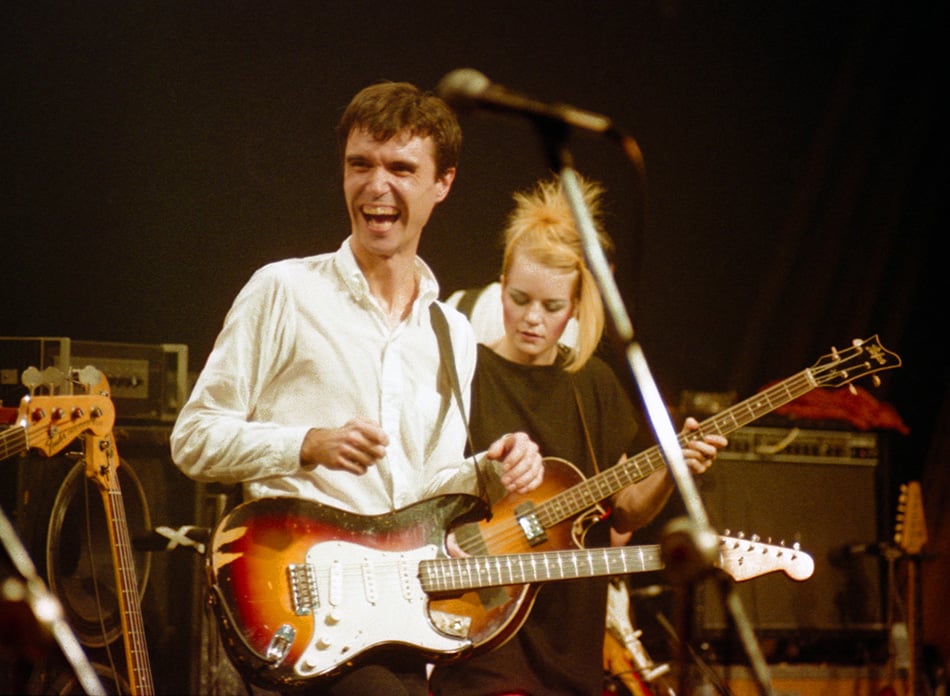Everything We Can't Describe in Music | Hazlitt

🌈 Abstract
The article explores the concept of timbre, which refers to the distinctive tone quality or sound of a musical instrument or voice. It discusses the importance of timbre in music, how it is perceived and described, and its role in various musical genres and styles.
🙋 Q&A
[01] Timbre and its Importance in Music
1. What is timbre and how does it differ from other musical elements like pitch and loudness?
- Timbre refers to the distinctive tone quality or sound of a musical instrument or voice, which is distinct from pitch and loudness.
- Timbre has many dimensions and is more fluid and difficult to conceptualize compared to pitch, which is simple to explain and measure.
- Timbre can vary depending on attributes like pitch, dynamics, and the specific instrument or voice.
2. How does timbre contribute to the emotional impact and tension in music?
- Timbre can enhance the pitch contour and create powerful emotional effects, as demonstrated in Wagner's Parsifal.
- Composers like Wagner use changes in timbre, such as adding or removing instruments, to create swells in dynamics and tension.
- Certain instruments or timbres are associated with particular emotional qualities, like the melancholy sound of a cello or the bright, upbeat sound of a banjo.
3. How has the exploration of timbre evolved in classical and popular music?
- In classical music, composers from the Baroque period onwards began to specify instrumentation and experiment with different timbres.
- The 20th century saw a significant focus on exploring and manipulating timbre, as seen in the works of composers like Debussy, Varèse, and the French spectral school.
- In popular music, timbre has become increasingly crucial, with genres like electronic dance music and rap being heavily focused on timbre experimentation.
[02] The Challenges of Measuring and Describing Timbre
1. Why is it difficult to measure and describe timbre?
- Timbre has many dimensions and is more fluid and complex compared to other musical elements like pitch and rhythm.
- There is no clear lexicon or coding system for describing timbre, leading to the use of abstract and often borrowed vocabulary from other senses.
- Capturing the multidimensional nature of timbre mathematically is a significant challenge that researchers like Stephen McAdams are working to address.
2. How do people attempt to describe timbre in the absence of a clear vocabulary?
- People often borrow vocabulary from other senses, such as describing timbre as "warm," "bright," or "rough," to try to convey the distinctive qualities of a sound.
- Comparisons to other sounds, like "someone slapping a steak on a corrugated tin roof," are also used to evocatively describe timbre.
- The analogy of timbre being like the "terroir" of music, similar to how the characteristics of wine are shaped by the growing conditions, is proposed as a way to conceptualize the unique timbres of different instruments and musicians.
[03] The Significance of Timbre in Music Perception and Identity
1. How does timbre contribute to our ability to recognize and identify music and musicians?
- Timbre is a crucial element in our ability to quickly recognize a song, often within a quarter of a second, before even hearing the melody.
- The unique timbre of a voice or instrument can be a distinctive "terroir" that allows us to immediately identify a particular musician or musical style.
- Timbre plays a significant role in the formation of musical subcultures and the way people use music as a badge of identity and recognition.
2. Why is timbre often overlooked or underappreciated in music theory and analysis?
- Music theory and analysis tend to focus more on elements like pitch, harmony, rhythm, and meter, while largely neglecting the importance of timbre.
- The lack of a clear system for measuring and quantifying timbre has contributed to its relative neglect in academic study and understanding.
- Developing better ways to analyze and understand the role of timbre in music perception and experience could lead to a deeper appreciation of its significance.